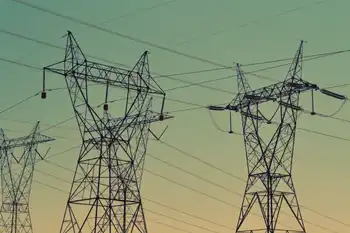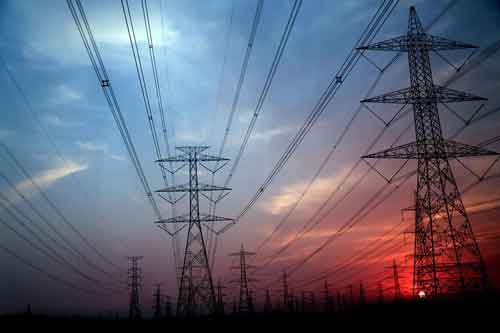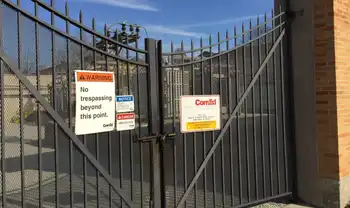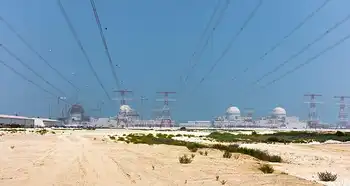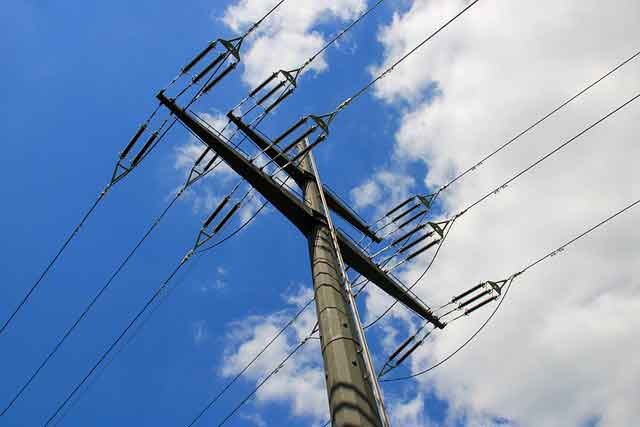New IRENA Report Details How Renewables Can Decarbonise the Energy Sector and Improve the Lives of Billions
NFPA 70e Training
Our customized live online or in‑person group training can be delivered to your staff at your location.

- Live Online
- 6 hours Instructor-led
- Group Training Available
IRENA REthinking Energy reports falling costs and policy innovation accelerating renewable deployment, with auctions, battery storage, and grid integration enabling investment, jobs, and off-grid access while advancing decarbonization and socioeconomic benefits worldwide.
Key Points
IRENA REthinking Energy is a report on how innovation, policy, and finance scale renewables, create jobs, and cut carbon.
✅ Auctions deliver record-low prices and bankable contracts.
✅ Battery storage scales to integrate variable renewables.
✅ Off-grid systems expand access and support development.
Falling costs, driven by innovation in technology and policy, is spurring renewable energy deployment and with it a myriad of socioeconomic benefits, as the over 30% share of global electricity now comes from renewables, according to the new comprehensive publication released by the International Renewable Energy Agency (IRENA). REthinking Energy, now in its third edition, was released today at IRENA’s seventh Assembly, the Agency’s ultimate decision-making authority.
“Renewables are gaining ground by nearly every measure. Accelerating the pace of the energy transition and expanding its scope beyond the power sector will not only reduce carbon emissions, it will improve lives, create jobs, achieve development goals, and ensure a cleaner and more prosperous future,” said IRENA Director-General Adnan Z. Amin.
The publication highlights how global investment in renewables has steadily grown for more than a decade, rising from less than USD 50 billion in 2004 to a record USD 305 billion in 2015, while IRENA data indicated a record year in 2016 as well. Despite this enormous growth, current investment and deployment levels are making headway to meet international carbon reduction targets.
“As we advance deeper into a new energy paradigm, we need to pick-up the pace of our decarbonisation efforts, aligning with the UN call to double NDC ambition by 2030. Policies and regulations continue to remain crucial to this end and to develop the renewables market,” explained Mr. Amin. “We are seeing more and more countries hold auctions to deploy renewables, and as variable and distributed sources of renewables take-on a greater role, regulators have implemented changes to enable grid integration at scale. Heating and cooling, and the potential of renewables for transport, are areas where future efforts are needed.”
The publication provides insights on the innovations, policy and finance driving further investment in sustainable energy system, including that:
- Renewable energy auctions are gaining popularity in developed and developing countries, generating record-breaking low energy prices;
- Demand for battery storage is increasing rapidly and playing a larger part in integrating variable renewables, despite hidden challenges that merit attention;
- New capital-market instruments are helping increase available finance by offering new groups of investors access to investment opportunities;
- Institutional investors are moving into renewable energy as it offers stable returns over the long term;
- New business models promise new ways to finance renewable energy.
The publication states that solar PV will grow the fastest in terms of capacity and output, and new ways to store electricity will be a game changer for growing variable renewable energy generation. IRENA estimates that battery storage for electricity could increase from less than 1 GW today to 250 GW by 2030.
Off-grid renewables provide electricity to an estimated 90 million people worldwide, and enable people to climb the energy ladder. They are cost-effective and can be installed in modular fashion, linked to grid extension plans. REthinking Energy describes how off-grid solutions can provide modern energy access to hundreds of millions of more people and achieve development goals.
“Achieving universal electricity access by 2030, will require us to boost global power generation — nearly 60 per cent of that will have to come from stand-alone and mini-grid solutions,” said Mr. Amin. “Meeting this aim with off-grid renewables depends on the right combination of policies, financing, technology and institutional capacity. Making needed changes and accelerating deployment will allow countries to address global issues in sustainability, education, gender equality, health, water and food.”





